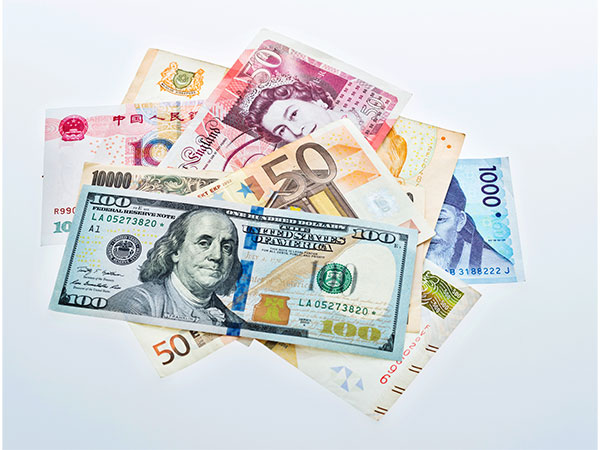India’s foreign exchange reserves surged for the second straight week, by USD 2.561 billion to USD 644.151 billion in the week that ended on May 10, according to data shared by the Reserve Bank of India (RBI).
This uptick follows a period of three consecutive weeks of decline in the forex kitty.
The nation’s foreign exchange reserves had recently achieved an all-time high of USD 648.562 billion.
The latest figures from the RBI reveal that India’s foreign currency assets (FCA), the largest component of the forex reserves, increased by USD 1.488 billion to USD 565.648 billion during the week. Additionally, gold reserves rose by USD 1.072 billion to USD 55.952 billion.
India’s current foreign exchange reserves are deemed sufficient to cover 11 months of projected imports, according to the Monthly Economic Review report from the Department of Economic Affairs under the Ministry of Finance.
In 2023, the RBI bolstered its foreign exchange kitty by approximately USD 58 billion. Contrastingly, in 2022, India’s forex reserves plummeted by a cumulative USD 71 billion. However, in 2024, foreign exchange reserves have cumulatively increased by about USD 23 billion so far.
Foreign exchange reserves, also known as forex reserves or FX reserves, are assets held by a nation’s central bank or monetary authority. These reserves are typically denominated in reserve currencies, such as the US Dollar, Euro, Japanese Yen, and Pound Sterling.
India’s foreign exchange reserves had last touched their peak in October 2021. The subsequent decline can largely be attributed to the rise in the cost of imported goods in 2022.
Moreover, the decline in forex reserves may also be associated with the RBI’s periodic intervention in the market to mitigate the uneven depreciation of the rupee against a strengthening US dollar.
The RBI closely monitors foreign exchange markets and intervenes as necessary to maintain orderly market conditions, curbing excessive volatility in the exchange rate. These interventions occur without adherence to any predetermined target level or band.
(ANI inputs)










